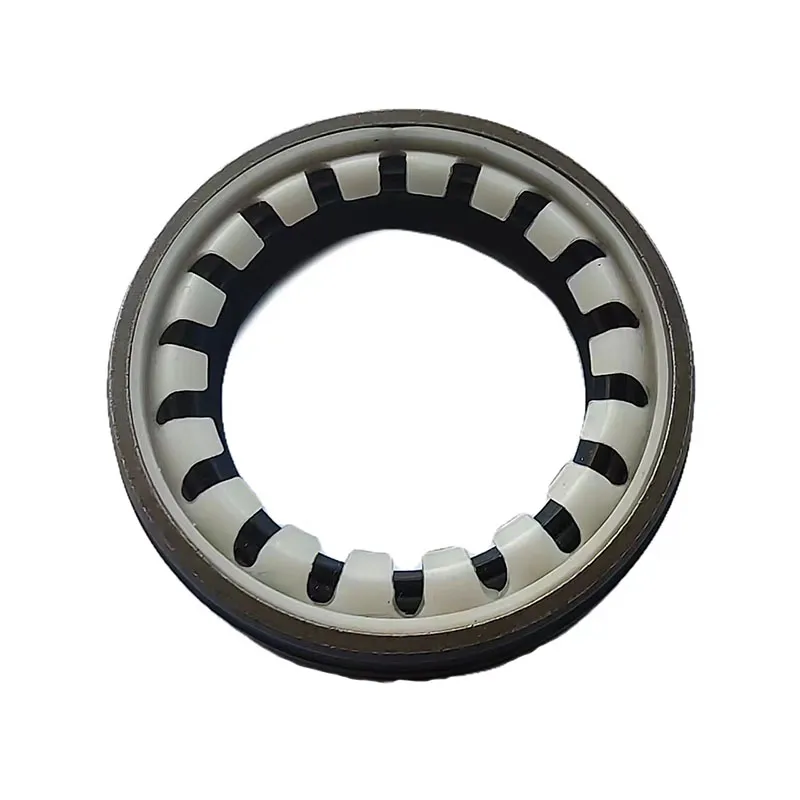Choosing the Right O-Rings for Chemical Resistance Applications in Various Industries
Understanding Chemical Resistant O-Rings Essential Components for Industrial Applications
In various industrial applications, the integrity and durability of sealing components are crucial for ensuring operational efficiency and safety. Among the most widely used sealing solutions are O-rings, which play an integral role in preventing leaks in hydraulic, pneumatic, and chemical environments. Chemical resistant O-rings, in particular, are designed to withstand exposure to aggressive chemicals and extreme conditions, making them essential in fields such as aerospace, pharmaceuticals, and manufacturing.
What are O-Rings?
O-rings are closed-loop seals made from a variety of elastomeric materials, shaped like a torus (ring). When compressed between two surfaces, they form a seal that prevents liquid or gas from escaping or entering a specific area. The effectiveness of O-rings relies heavily on the material from which they are made and their design specifications, including diameter, thickness, and hardness.
Importance of Chemical Resistance
Chemical resistance refers to the ability of a material to maintain its properties and functionality when exposed to aggressive substances, including acids, bases, solvents, and hydrocarbons. In industries that handle hazardous materials, such as oil and gas, pharmaceuticals, and food processing, the use of chemical resistant O-rings is paramount. Failure of sealing components can lead to leaks, which may result in costly downtime, environmental hazards, and severe safety risks for personnel.
Materials Used for Chemical Resistant O-Rings
Several materials are commonly used to manufacture chemical resistant O-rings, each providing unique advantages based on the application. Here are some of the most widely used materials
1. Nitrile Rubber (NBR) Known for its excellent resistance to oils and fuels, NBR is often used in automotive and manufacturing applications. However, it can be susceptible to ozone and temperature variations, making it unsuitable for certain environments.
2. Fluorocarbon (FKM) Fluorocarbon O-rings, commonly known by the brand name Viton™, are renowned for their exceptional resistance to high temperatures and aggressive chemicals, making them ideal for aerospace and chemical processing applications.
chemical resistant o rings

4. Silicone Silicone O-rings are favored for their ability to withstand extreme temperatures and flexibility. Although not as chemically resistant as some other materials, they perform well in food processing and pharmaceutical applications.
5. Polytetrafluoroethylene (PTFE) Often referred to as Teflon™, PTFE O-rings exhibit outstanding chemical compatibility with almost all chemicals and solvents, making them an excellent choice for aggressive environments. They are particularly useful in semiconductor manufacturing and laboratory equipment.
Selecting the Right O-Ring
When selecting chemical resistant O-rings for specific applications, several factors should be considered
- Chemical Compatibility Understanding the chemicals the O-rings will be exposed to is vital. Compatibility charts can help in determining which materials are best suited for specific chemicals.
- Temperature and Pressure Requirements The operating environment's temperature and pressure play a significant role in the choice of material. O-rings must be able to withstand the extremes without degrading or losing their sealing ability.
- Size and Design Proper sizing and design are essential for ensuring optimal performance. O-rings must fit snugly into their grooves, with the right cross-section to provide a reliable seal without excessive compression.
- Environmental Considerations Additional factors such as ozone exposure, UV radiation, and moisture should be assessed, as they can impact the longevity and effectiveness of the seals.
Conclusion
Chemical resistant O-rings are critical components in many industrial applications, ensuring the safe and reliable operation of systems that handle aggressive substances. By understanding the properties of various elastomeric materials and selecting the appropriate O-ring for specific conditions, industries can significantly reduce the risk of leaks and failures, thereby enhancing safety and operational efficiency. As technology advances, the development of new materials and designs will continue to improve the performance of O-rings, helping industries meet the challenges of modern manufacturing and processing.
-
The Ultimate Guide to Car Repair Kits: Tools and Essentials Every Driver Should Own
News Aug.01,2025
-
The Complete Guide to Oil Pan Gaskets: Sealing Engine Leaks the Right Way
News Aug.01,2025
-
Preventing Oil Leaks: A Complete Guide to Oil Pan Gaskets and Drain Seals
News Aug.01,2025
-
Everything You Need to Know About Oil Pan Gaskets and Drain Plug Seals
News Aug.01,2025
-
Essential for Car Owners: How to Use a Car Repair Kit to Deal with Minor Breakdown
News Aug.01,2025
-
Comprehensive Guide to Engine Oil Sump Gaskets and Related Seals
News Aug.01,2025
-
The Ultimate Guide to Boat Propeller Bearings and Trailer Wheel Bearings
News Jul.31,2025
Products categories















